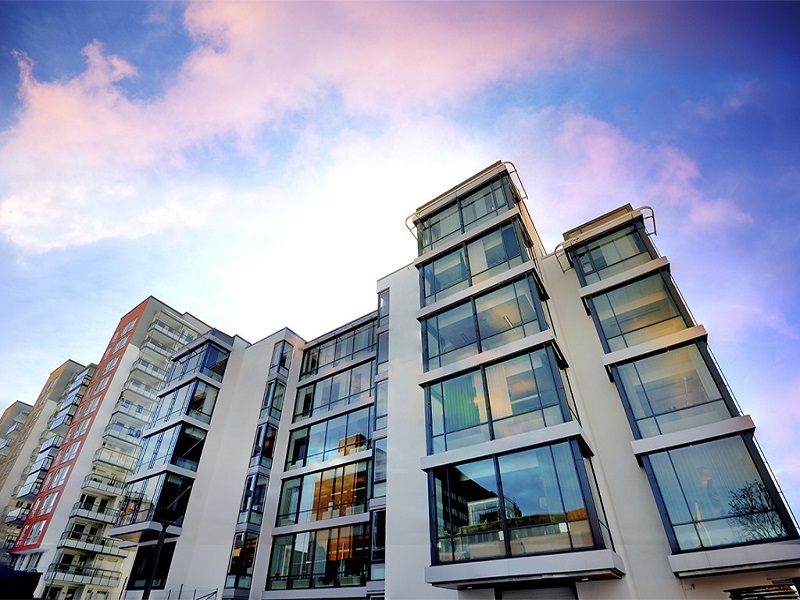What Are Primary and Secondary Markets in Real Estate

Primary Market: Real Estate Primary Sales means a real estate developer sells residential or commercial units to an investor or end-user on the primary market. This particular unit is the first sale, including new releases and ongoing projects.
A real estate developer forms a network of distributors to sell homes or commercial units that the developer builds. These distributors promote the properties on the developer's behalf, generating leads and then closing the deal.
Secondary Market: The secondary market comprises second or resale properties, existing homes, and established residential areas. To elaborate further, secondary properties are properties that have been put on the market for rent or sub-lease and are rented out or occupied by subsequent owners.
The fundamental role of the secondary market is to facilitate a change of ownership at a reasonable price for an existing asset. This implies that the secondary market is gaining importance as it provides the necessary liquidity to strengthen the primary market's functioning further. It is common for industry outsiders to believe that the primary market or new properties contribute to most sales due to recent developments' attractive advertising and marketing. Contrary to popular belief, however, in contrast to the primary real estate market, the secondary real estate market accounts for the majority of the transaction volume in residential real estate.
This is mainly because the secondary real estate market offers more options in established locations. Here's a list illustrating the pros and cons of primary and secondary traits.
Prestige Group launch a new apartment is Prestige Meridian Park.
| Call | Enquiry |